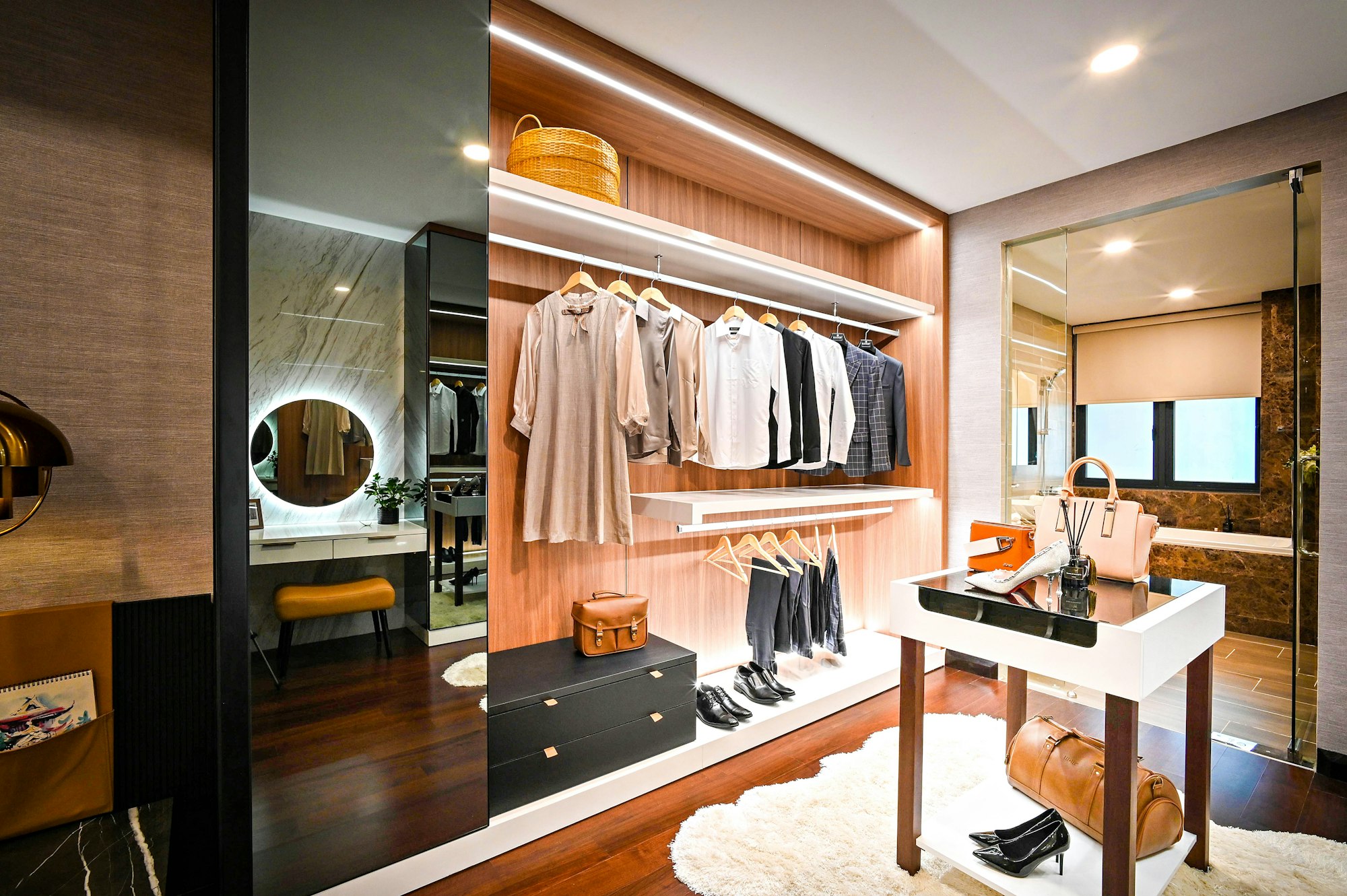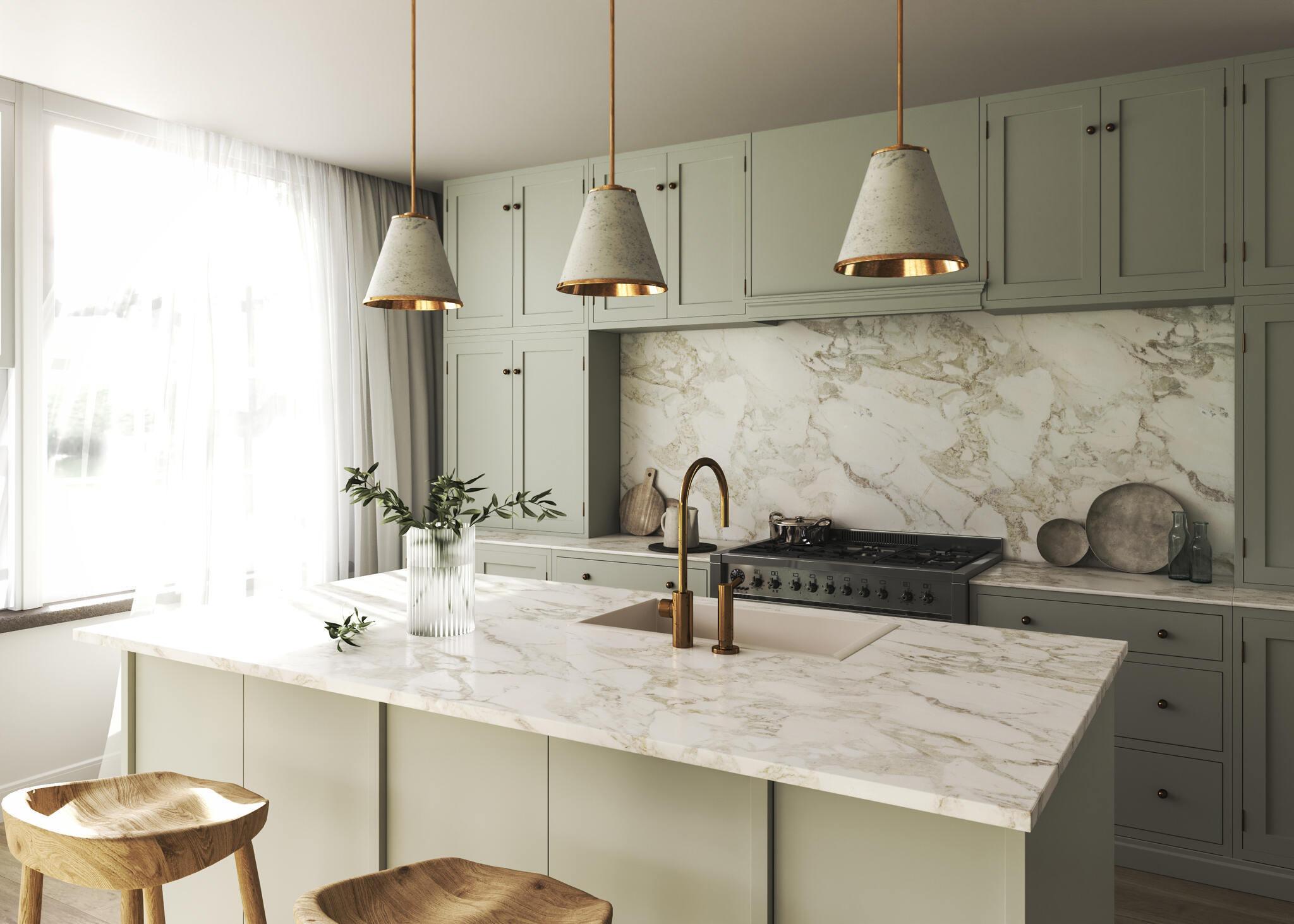The bathroom, often considered the sanctuary of a home, relies heavily on its plumbing system. Whether it’s a soothing shower after a long day or the functional necessities of sinks and toilets, maintaining and upgrading your bathroom’s plumbing can have a profound impact on your daily routine.
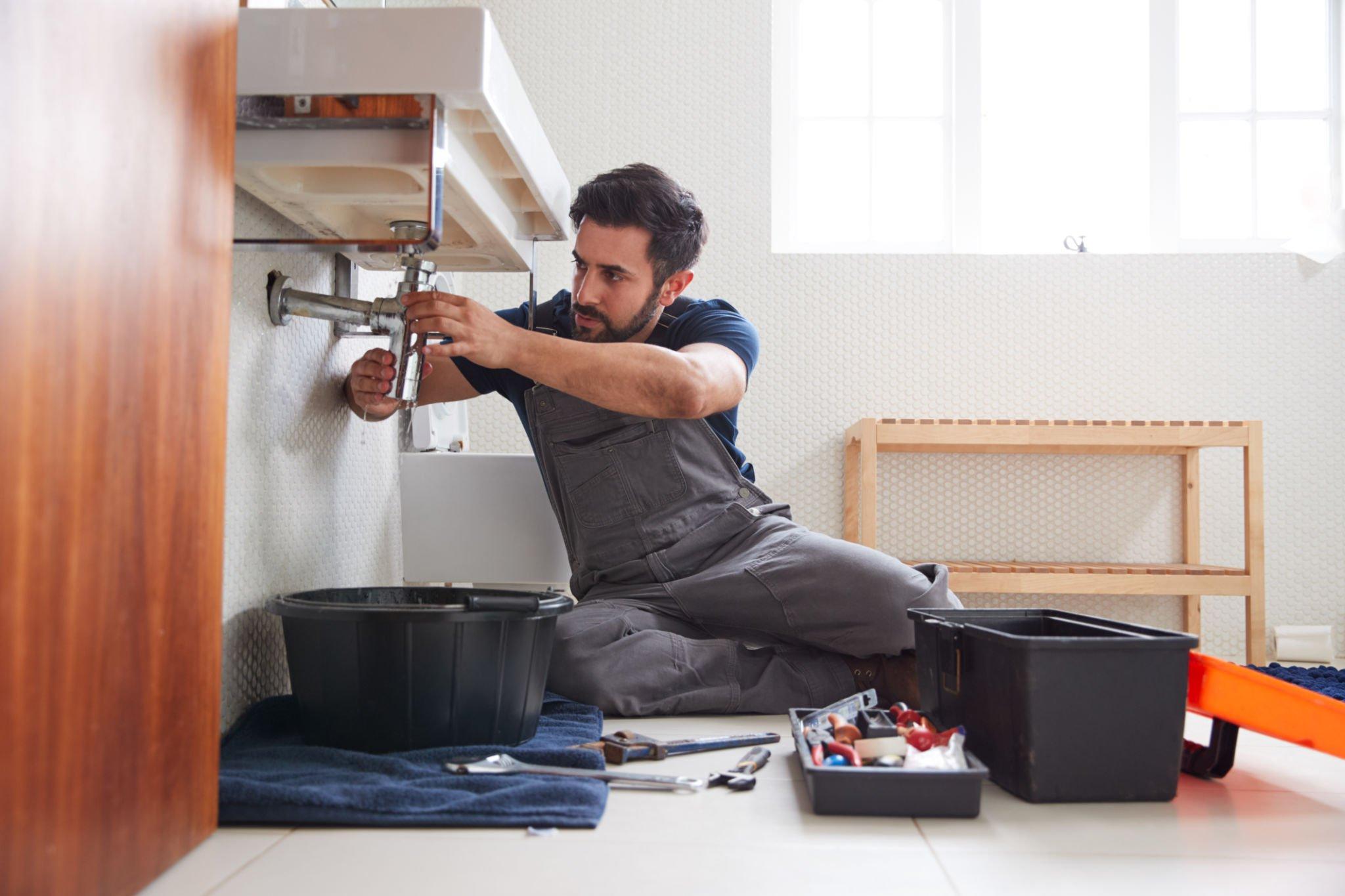
A small issue, if overlooked, can escalate into a significant problem, causing inconvenience and sometimes costly repairs. With that in mind, reliable plumbers explore some essential tips for both maintenance and upgrades in bathroom plumbing.
How can I properly maintain my bathroom plumbing?
Here are the most important considerations and tips:
1. Regularly check for leaks
Frequent inspection can prevent potential disasters. Check under the sink, around the toilet base, and the bathtub for any signs of moisture or small puddles.
- Clean faucet aerators
Mineral deposits can clog the aerators on your faucets, leading to decreased water pressure. Every few months, remove the aerators, clean them, and put them back to ensure a consistent flow.
3. Avoid clogs
Most bathroom clogs are preventable. Install a strainer in your shower drain to catch hair and soap bits. Educate family members not to flush anything other than toilet paper.
Read also: Signs of a Failing Roof: When to Call a Professional Roofer
4. Test the toilet for leaks
Add a few drops of food colouring to your toilet tank. If, after 30 minutes, the colour appears in the bowl without flushing, you likely have a leak that needs addressing.
5. Check the water pressure
Ensure that the water pressure in your home is within a safe range (typically between 60-75 psi). High water pressure can damage your pipes and fixtures.
6. Flush the water heater
Though not directly connected to the bathroom, sediment buildup in the water heater can impact your shower’s efficiency. Annually flushing your water heater can prolong its life and ensure consistent hot water.
How do I upgrade my bathroom plumbing?
Let’s take a look at the most useful upgrade ideas:
1. Consider low-flow fixtures
Water conservation is crucial in today’s world. Upgrading to low-flow toilets, faucets, and showerheads can significantly reduce water usage without compromising performance.
2. Upgrade the shower valve
If you’ve ever experienced a sudden temperature shift during a shower, consider upgrading to a pressure-balanced valve. It balances hot and cold water pressure, providing a consistent temperature.
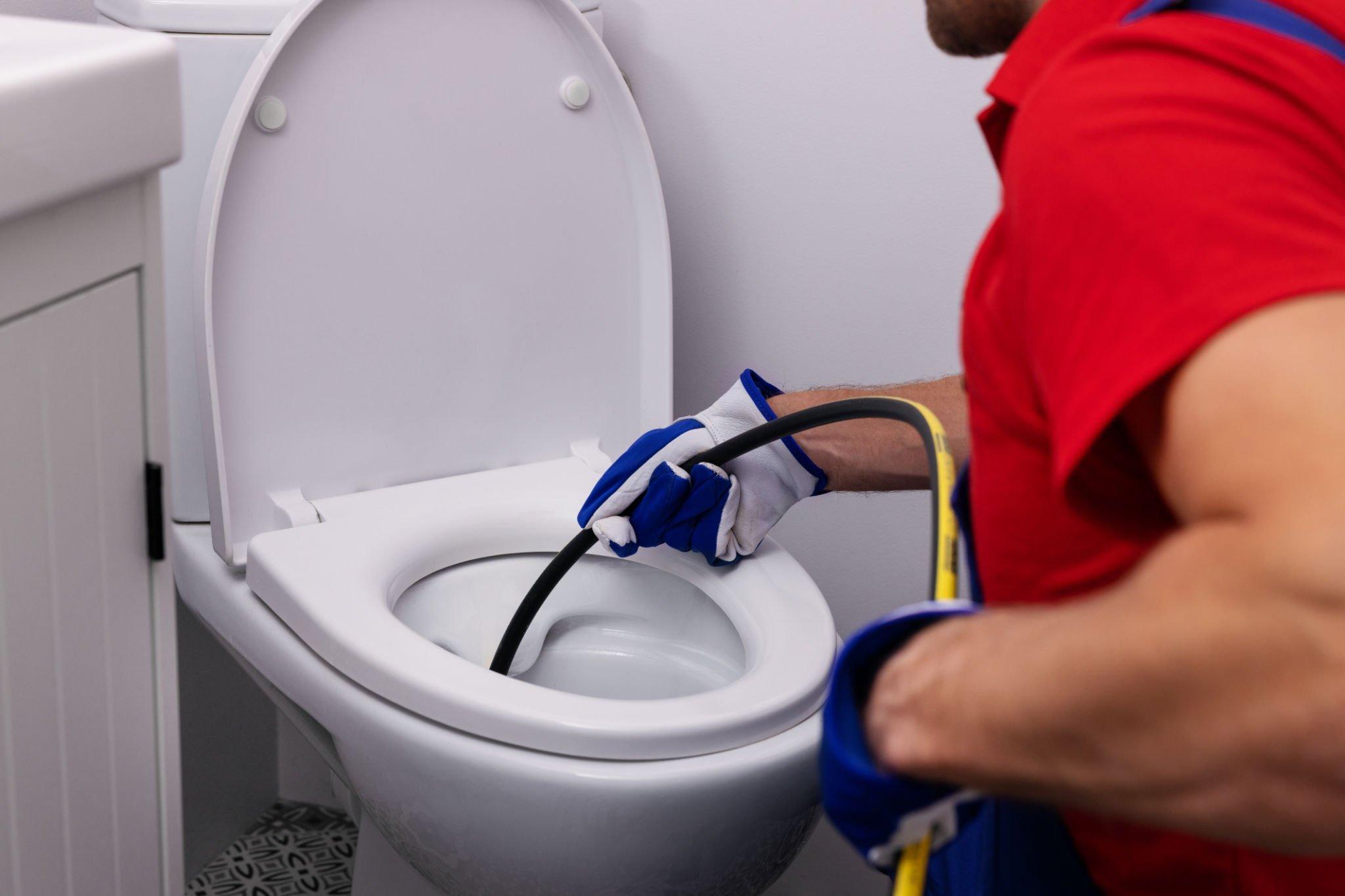
3. Touchless faucets
For a modern touch and increased hygiene, consider installing touchless faucets. These are especially useful in reducing germ transmission.
4. Install water softeners
If you live in an area with hard water, consider installing a water softener. It can prevent mineral buildup, prolonging the life of your fixtures and providing softer, healthier water for bathing.
5. Upgrade piping
If you live in an older home with galvanized pipes, consider upgrading to copper or PEX tubing. These newer materials are more durable and efficient, ensuring a better flow and longevity.
Final note
The bathroom is an essential part of any household. Thus, maintaining its plumbing system should be a priority. Regular check-ups, preventive measures, and timely upgrades can not only save you from future hassles but also enhance your bathroom’s efficiency and functionality.
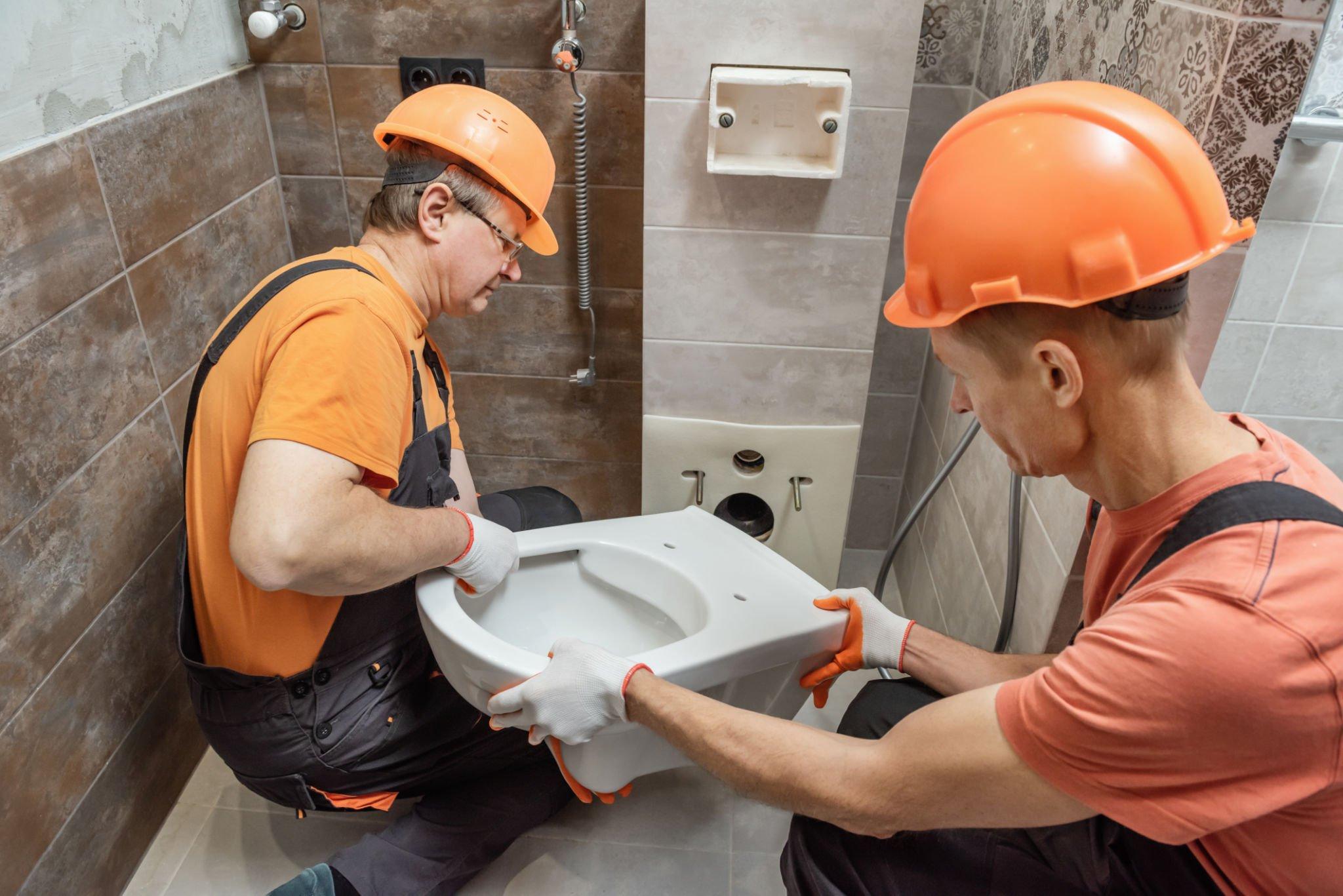
Furthermore, when considering upgrades, always think of the long-term benefits. Upfront costs may sometimes seem substantial, but the savings in water bills, future repairs, and the added value to your home can make these investments worthwhile.
Always remember: Whether it’s maintenance or an upgrade, if a task feels beyond your capability, it’s wise to consult with or hire a professional plumber. This ensures the job gets done right the first time, preserving the sanctity of your bathroom oasis.

